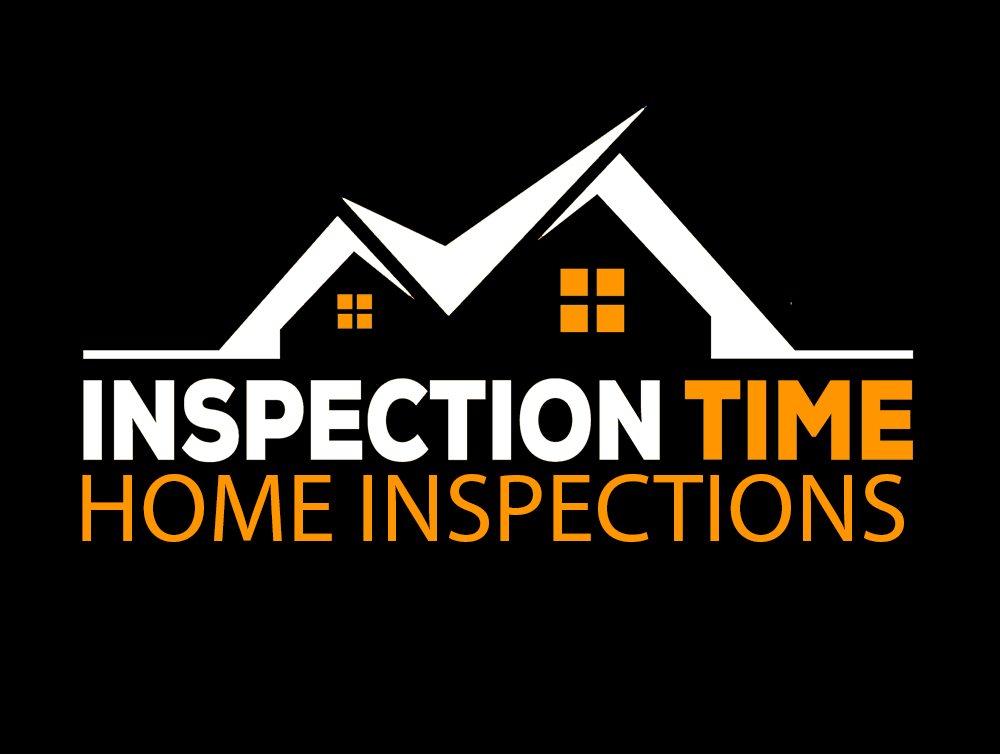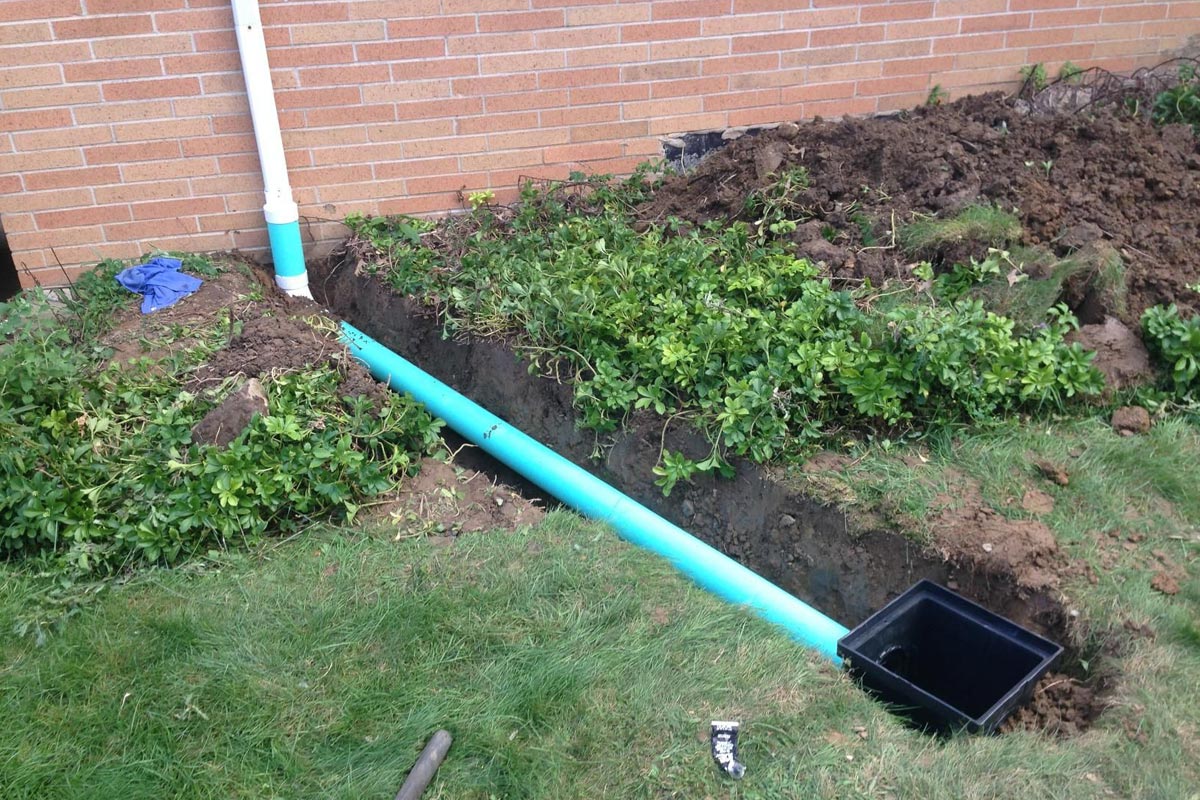By: Inspection Time | Aaron Davis CMI Trec#25498 | Professional Home Inspector

Subsurface drainage is a critical aspect of managing water around your home. Without proper drainage, water can accumulate around your foundation, leading to a myriad of structural issues, including foundation cracking, basement flooding, and mold growth. In this blog, we’ll explore what subsurface drainage is, its benefits, and how to implement an effective subsurface drainage system.
What is Subsurface Drainage?
Subsurface drainage refers to a system designed to remove excess water from the soil below the surface. Unlike surface drainage, which deals with visible water runoff, subsurface drainage targets the water that permeates the soil and can potentially damage the foundation of buildings. This type of drainage system typically includes a network of pipes, gravel, and other materials installed below ground to facilitate the movement of water away from areas where it could cause harm.
Benefits of Subsurface Drainage
- Foundation Protection: Prevents water accumulation around the foundation, reducing the risk of cracks and structural damage.
- Flood Prevention: Helps in keeping basements and crawl spaces dry by redirecting water away from the building.
- Soil Stability: Maintains soil integrity around the property, preventing erosion and soil shifting that can lead to foundation issues.
- Improved Landscaping: Keeps the landscape in better condition by preventing waterlogging and promoting healthier plant growth.
Types of Subsurface Drainage Systems
- French Drains: These are trenches filled with gravel and a perforated pipe that redirects water away from the foundation.
- Drain Tiles: Installed around the perimeter of the foundation, these systems collect and channel water away.
- Sump Pumps: Often used in conjunction with drain tiles, sump pumps collect water and pump it out away from the house.
- Interceptor Drains: These are used to intercept and divert groundwater away from the property.
How to Install a Subsurface Drainage System
- Planning and Design: Evaluate the property to determine where water tends to accumulate and design the drainage system accordingly.
- Excavation: Dig trenches where the pipes will be laid. This usually involves digging around the foundation and any other problem areas.
- Pipe Installation: Lay perforated pipes in the trenches. Ensure they have a slight slope to facilitate water flow.
- Gravel Backfill: Cover the pipes with gravel to aid in water filtration and movement.
- Covering: Place a layer of fabric over the gravel to prevent soil from clogging the pipes, then backfill the trench with soil.
Maintenance Tips for Subsurface Drainage
- Regular Inspection: Periodically check the drainage system for any blockages or damage.
- Clean Out Drains: Ensure that any debris is removed from the system to keep it functioning effectively.
- Monitor Water Flow: After heavy rains, check that water is being effectively diverted away from the foundation.
Conclusion
Implementing a subsurface drainage system is a proactive step in protecting your home from water damage. By understanding the different types of systems and their benefits, you can choose the best solution for your property. Proper installation and maintenance of subsurface drainage will ensure that your foundation remains secure and your home stays dry and comfortable.
Hashtags and Keywords
Hashtags: #SubsurfaceDrainage #FoundationProtection #HomeMaintenance #WaterManagement #DrainageSystem #FrenchDrain #SumpPump #HomeImprovement #Landscaping #SoilStability
Keywords: subsurface drainage, foundation protection, water management, drainage system, French drain, sump pump, home maintenance, soil stability, home improvement, prevent basement flooding
By integrating these practices, you ensure your home remains structurally sound and free from the adverse effects of excess water.




